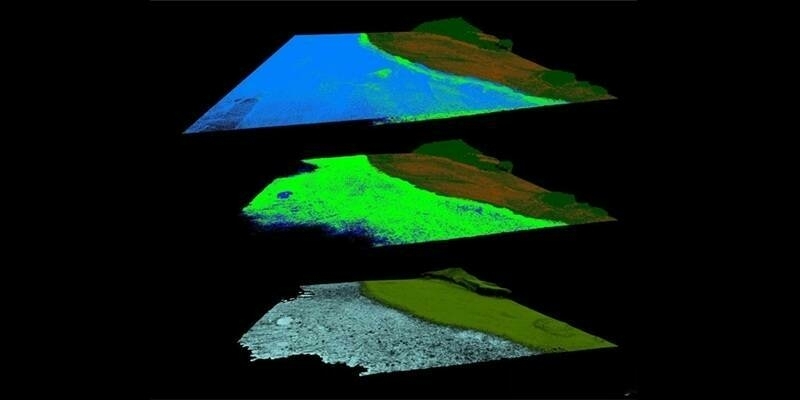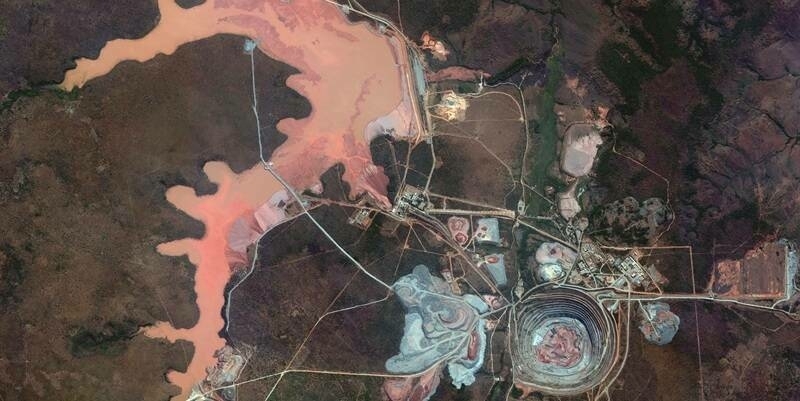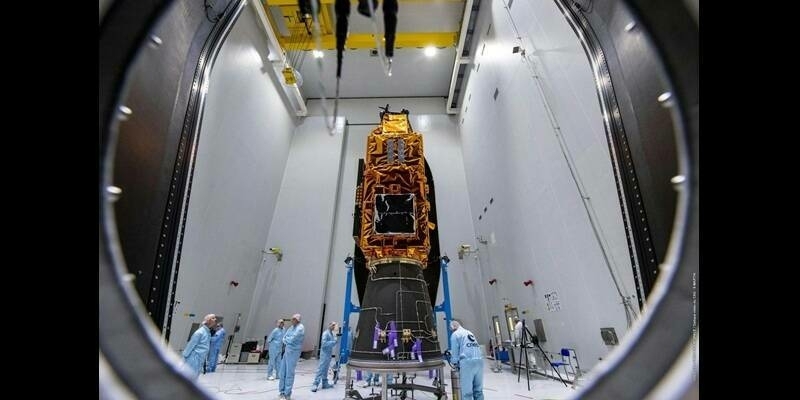NanoAvionics, a smallsat manufacturer and mission integrator, confirmed the reception of signals and healthy telemetry data from all of the three satellites launched into low Earth orbit via the successful SpaceX Transporter-3 mission.
The rideshare mission that went into orbit on 13 January 2022 included one of the largest and heaviest CubeSats ever built and launched. The 16U small satellite, is the first of five satellites, contracted to NanoAvionics by British company Sen, to establish video streaming media to provide real-time Ultra-High Definition (UHD) videos of Earth.
"The really interesting thing about video as a type of data is that it has a storytelling power,” said Charles Black, CEO of Sen, during a livestream event of the SpaceX launch by NanoAvionics. "We want to empower people to witness the evolution of life on Earth (and eventually – beyond) and to monitor the health of the planet. We also want to empower them by giving this information directly, in the hope that this will not only enable people to take action but also inspire global change about the way we look after the planet.
“It's been fantastic to work with NanoAvionics and their engineers. They have taken on all kinds of technical challenges in terms of the avionics and satellite build to accommodate our payload and optimise its performance.”
Also aboard the Falcon-9 rocket was HYPSO-1, a 6U nanosatellite built for the Norwegian University of Science and Technology (NTNU), to conduct ocean research. From its Sun-synchronous orbit, HYPSO-1 (HYPer-spectral Satellite for ocean Observation) will monitor algal blooms and other aspects of ocean health in an autonomous synergy with robotic agents around the Norwegian coast. It is the first of the two satellites NanoAvionics will supply to the programme.
The third NanoAvionics built satellite that went into low Earth orbit (LEO) onboard Transporter-3 is the 3U IoT nanosatellite DEWA-SAT 1. It is part of DEWA’s (Dubai Electricity & Water Authority) Space-D programme and will support the digitalisation of Dubai’s power and water networks. Through an ambitious programme and with the expertise of NanoAvionics, DEWA intends to enhance its flexibility and agility in monitoring and managing its electrical and water networks. Through Space-D, DEWA also expects to reduce costs, improve its asset utilisation and provide sustainable, efficient and reliable power and water services to its customers.
Subscribe to our newsletter
Stay updated on the latest technology, innovation product arrivals and exciting offers to your inbox.
Newsletter

